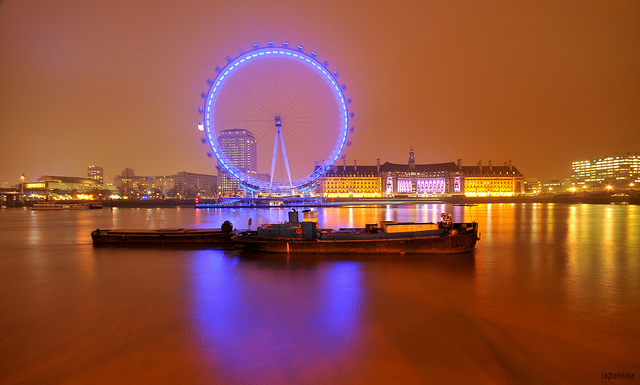The writer and filmmaker Swain Wolfe spent his earliest years at a tuberculosis sanatarium near Colorado Springs, Colorado, where his father was the director. After World War II, the sanatarium closed, his parents divorced, and his mother moved Wolfe and his sister to a ranch in western Colorado and then, when Wolfe was a teenager, to Montana. Wolfe dropped out of high school and found work on timber crews, in sawmills and slaughterhouses, and finally in the underground copper mines around Butte, Montana. He recalled his mining days in a 1994 interview in the Bloomsbury Review:
When you’re underground for a while, you begin to get the feel of where the ore flows, how hard the granite is one place from another, how hot the wall temperature is from level to level, where the earth slips and messes up the tracks, and things you knew but never had words for. Then one day after work you drive over to Anaconda to see your girl and you realize something is very different. Your world is never going to be the same because you cannot be on the surface without thinking about what’s underneath.
Butte changed Wolfe’s perspective in another way. The Junior League, which in Butte was made up mostly of mine owners’ wives, tried to elevate the local culture by organizing a foreign film festival for miners and their families. Those Sunday afternoons of punch and tea sandwiches introduced Wolfe to Fellini, and he decided to become a filmmaker.
Wolfe moved to Missoula, where he worked as a potter and photographer. He made a few surrealist art films, three films about migrant children, and an environmental film called The Terrible News. By then it was the late 1970s, and the energy crisis had grabbed the public’s attention. Wolfe began thinking about what lay underneath it. He’d read that early humans consumed about 3,000 calories a day, most of which they produced themselves; with the help of an internal combustion engine, he knew, a modern person could consume 3,000 calories in minutes—often in blissful ignorance. The energy crisis had made the dollar costs of that accelerated consumption painfully obvious. What were its more profound costs?
The result of this questioning was a half-hour film called Energy and Morality, released in 1979 and shown by enterprising teachers to high school and college classes throughout the 1980s. (Today, it is available through Bullfrog Films.) The film challenges its viewers to count the calories they consume—not only from their plates, but also with their cars, packaging, lights, and so on—and to consider the sacrifices they make in order to consume that hidden energy. Does life in a high-energy world encourage us to be less honest, Wolfe wonders? More aggressive? Does our expanding energy diet, and the centralized production systems it has long required, make us progressively less free? Wolfe poses his questions to several experts, including a youthful Amory Lovins. “Energy is not enough to solve the ancient problems of the human spirit,” Lovins observes.
Wolfe hoped his film would start a conversation, but as the immediate energy crisis eased, interest in his questions waned. Wolfe moved on to a more successful and lucrative career as a writer, and more than thirty years on, it’s easy to dismiss the concerns of Energy and Morality as the stuff of college-dorm bull sessions. But in many ways, they’re more relevant than ever: To avoid the worst effects of climate change, we desperately need to understand how our brains, which evolved with the consumption of a few thousand calories a day, make choices in a world that offers them exponentially more. As Energy and Morality suggests, our energy choices aren’t always in our own best interest, even in the short term.
This summer, Wired declared that “The Hot New Frontier of Energy Research is Human Behavior,” and reported that engineers and policymakers who work on energy efficiency are—finally—acknowledging the need for more complex and less idealized views of human energy choices. As Wolfe learned in the mine shafts of Montana, energy comes with both tremendous costs and tremendous benefits. A generation later, we’re still exceptionally bad at balancing the books.
Top: Photo of the London Eye by Flickr user Rhaghavvidya. Creative Commons.
